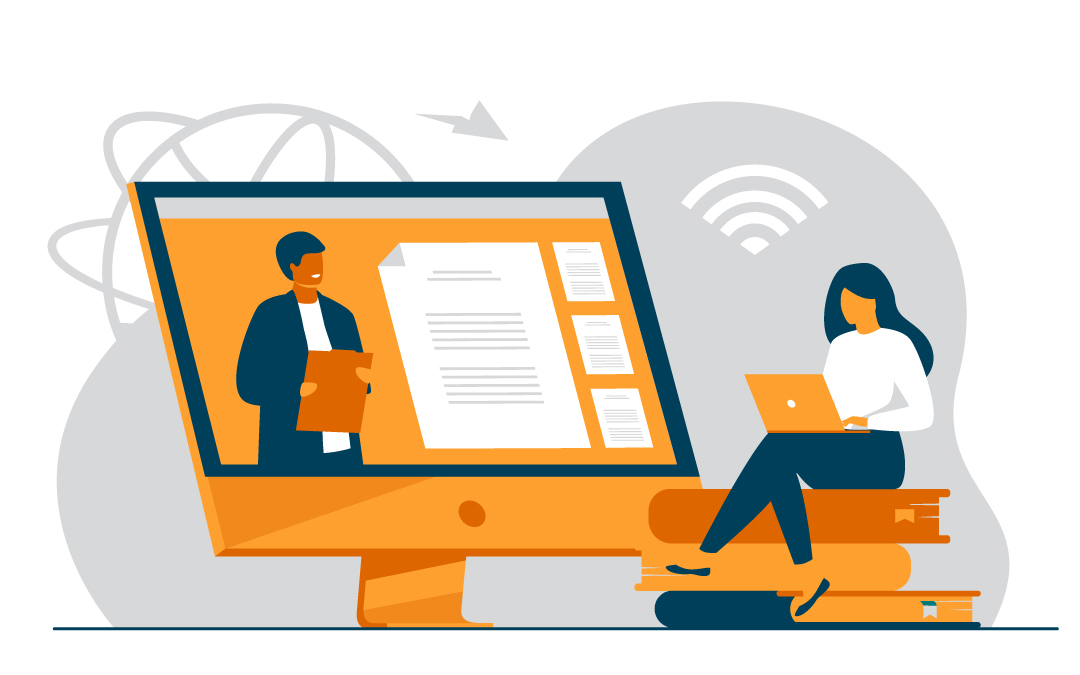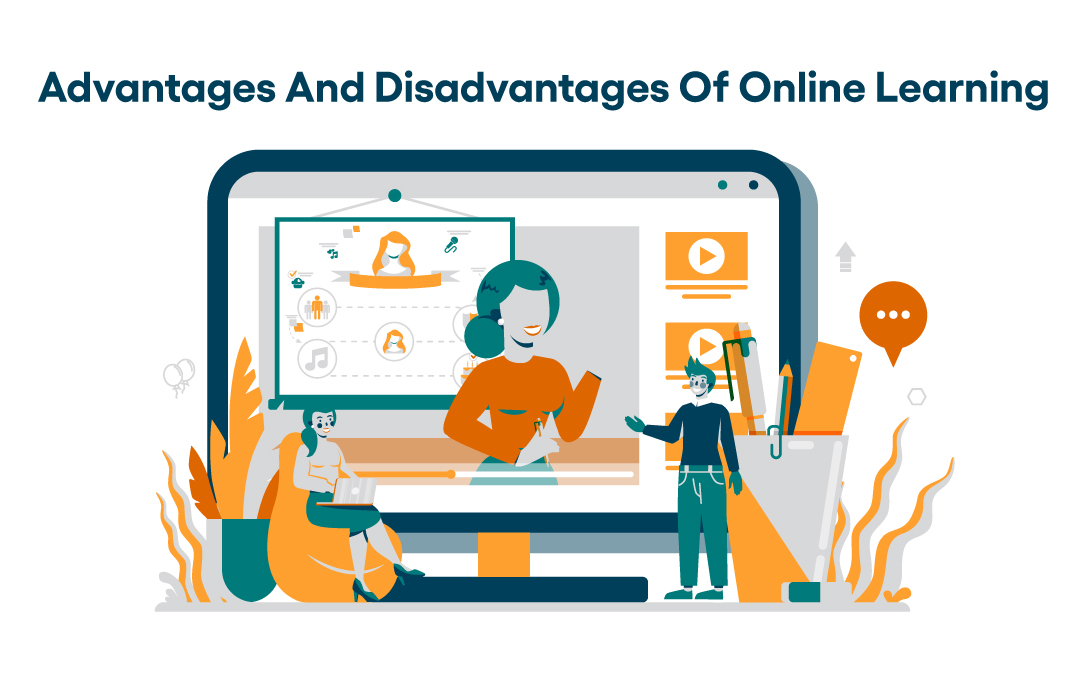Thinking about trying out online learning? Whether you’re considering a shift from traditional classrooms or just curious about what all the fuss is about, understanding both the perks and pitfalls of online learning is crucial. Let’s explore how it offers flexibility, cost-effectiveness, and accessibility—features that have revolutionized education for countless students.
However, it’s not without its challenges. The absence of real-time interactions, the demand for self-discipline, and various technical hurdles, along with limited opportunities for hands-on learning, could sway your decision. So, as you weigh your options, consider how well online learning aligns with your personal learning style and needs, especially if you thrive under more structured, face-to-face instruction.
Understanding Online Learning
Online learning takes place over the internet, utilizing digital platforms and tools to deliver a wide range of educational content—from online courses and video tutorials to interactive modules. It comes in two main flavors: synchronous learning, which fosters real-time interactions between students and instructors, and asynchronous learning, which gives students the flexibility to learn at their own pace.
Blended learning merges online education with traditional classroom experiences. This hybrid approach leverages the strengths of both formats, offering a robust educational experience. The roots of online learning reach back to early computer-based training and distance education methods, setting the stage for today’s advanced digital learning environments.
The advent of Learning Management Systems (LMS) has transformed how online education is organized and delivered. These systems streamline course management and student progress tracking, making online classrooms more interactive and mirroring the structured learning experiences of traditional settings.
Advantages of Online Learning
Online learning is more than just a modern convenience—it’s a comprehensive approach that broadens educational access and tailors learning to individual needs. Here’s a closer look at each significant advantage:

Flexibility and Convenience
The hallmark of online learning is its flexibility. This method allows students to study at times that suit them best, which is ideal for those balancing work, family, or other commitments. Whether early morning or late at night, the choice is yours. The convenience of learning from any location—home, library, or café—eliminates the time and cost of commuting. For students whose schedules are unpredictable, the ability to access recorded classes means never falling behind.
Cost-Effectiveness
One of the most appealing aspects of online learning is its cost-effectiveness. With reduced tuition fees and zero commuting costs, students can save significantly. Online courses typically charge lower tuition rates than their in-person counterparts, potentially saving students thousands of dollars. Additionally, platforms like Thinkific offer learning resources at various price points, making learning accessible regardless of budget constraints.
Accessibility and Inclusivity
Online education is a powerful tool for inclusivity. It allows students from any geographical location to access quality education, breaking down the traditional barriers of distance. It’s particularly beneficial for those in remote or underserved regions. Moreover, online learning can be a lifeline for students with disabilities, offering customizable interfaces and learning aids like audio books and closed captioning. Some challenges remain, such as the need for appropriate hardware, but many educational institutions are addressing this by providing the necessary technology to their students.

Diverse Course Offerings
The diversity of courses available online is unmatched. Students can explore subjects and specializations that might not be available at local institutions. This range includes everything from short skill-based courses to full degrees in fields as varied as technology, psychology, or the arts.
Enhanced Technical Skills
In today’s digital-first world, the technical skills gained from online learning are invaluable. Navigating different learning management systems and online tools can equip students with the digital literacy required in almost every career field. To enhance the learning experience, many online programs incorporate advanced technological methods such as virtual labs and simulations, ensuring that students are well-prepared for the technological demands of the modern workplace.
Disadvantages of Online Learning
While online learning offers incredible advantages, it’s not without its challenges. These hurdles can impact student engagement, success, and overall satisfaction. Here’s a closer look at some of the main disadvantages:
Lack of Face-to-Face Interaction
One of the most significant drawbacks of online learning is the absence of in-person communication. Without the energy of a shared classroom or the chance to engage in spontaneous discussions, many students feel isolated. Limited opportunities to interact directly with peers and instructors can make it harder to form connections, ask immediate questions, or get timely feedback.
Although some online programs try to counteract this with virtual communities and group discussions, the lack of physical presence can hinder networking opportunities and diminish the sense of belonging that often drives student motivation.
Self-Discipline and Motivation
Online learning demands a high level of self-discipline and personal motivation. Without the structure of a physical classroom and the accountability of regular in-person check-ins, it’s easy for students to lose focus. Managing distractions at home—whether it’s a noisy environment, social media, or competing responsibilities—requires strong time-management skills and careful planning.
For students who thrive on external motivation or need hands-on support to stay on track, this independence can feel overwhelming. Developing strategies like setting a schedule, creating a dedicated workspace, and breaking tasks into manageable steps is essential for success.
Technical Issues
Reliable technology is the backbone of online education, and when it fails, it can be a major source of frustration. Students often encounter problems like poor internet connections, outdated software, or device malfunctions that disrupt their learning.
These technical hiccups can be particularly stressful during live classes, exams, or submission deadlines. While some schools offer technical support, students need consistent access to reliable devices and high-speed internet to avoid interruptions.

Limited Hands-On Experience
Certain fields of study—such as healthcare, engineering, or trades—rely heavily on practical, hands-on training that is difficult to replicate online. Virtual labs, simulations, and video demonstrations can bridge the gap to some extent, but they often fall short of providing the tactile, real-world experience needed to master these skills.
In some cases, online programs collaborate with local institutions to offer in-person training opportunities, but the hybrid format isn’t always feasible for every student. This limitation can affect the quality of education in fields where hands-on learning is critical.
Is Online Learning Right for You?
Deciding if online learning is the right fit comes down to understanding your personal needs, goals, and learning style. For those seeking flexibility, cost-effectiveness, and accessibility, online education can be a game-changer. It removes geographical barriers, making it easier to advance your career or education on your terms, and often provides a less stressful learning environment with customizable schedules.
Success in online learning requires strong self-discipline, motivation, and proficiency in digital tools. It’s an ideal option if you thrive in independent settings, value diverse course offerings, and don’t require extensive hands-on practice or in-person interaction. However, if you learn best in a structured environment with face-to-face support or need hands-on experience to master your field, traditional classrooms may be a better fit.
By weighing the benefits—like flexibility and accessibility—against the challenges—such as technical issues and limited social interaction—you can determine if online learning aligns with your goals. Whatever path you choose, the key is to take charge of your education and embrace the opportunities available to grow and succeed.

Frequently Asked Questions
What are the key benefits of online learning?
The key benefits of online learning are its flexibility, cost-effectiveness, accessibility, diverse course offerings, and the opportunity to enhance technical skills. These advantages make online education a valuable option for many learners.
What are the main disadvantages of online learning?
The main disadvantages of online learning are the lack of face-to-face interaction, the necessity for strong self-discipline, potential technical issues, and limited hands-on experience. These factors can impact the overall effectiveness of the learning process.
How does online learning improve accessibility?
Online learning enhances accessibility by enabling students from various geographical locations and those with disabilities to engage in educational opportunities more easily. This inclusive approach fosters a broader range of participation in learning activities.
Can online learning be as effective as traditional classroom learning?
Yes, online learning can be as effective as traditional classroom learning for various subjects; however, it may not be as beneficial for those that require practical, hands-on skills.
Is online learning suitable for everyone?
Online learning is best suited for individuals who are self-motivated and disciplined, but may not be ideal for those who thrive in structured environments and prefer hands-on experiences.
Spotlightr Video Hosting For Your Course
Discover why Spotlightr is the #1 choice for course creators and e-learning professionals.
Register for a free 2 week trial, no credit card required.

